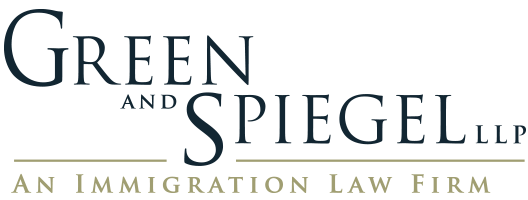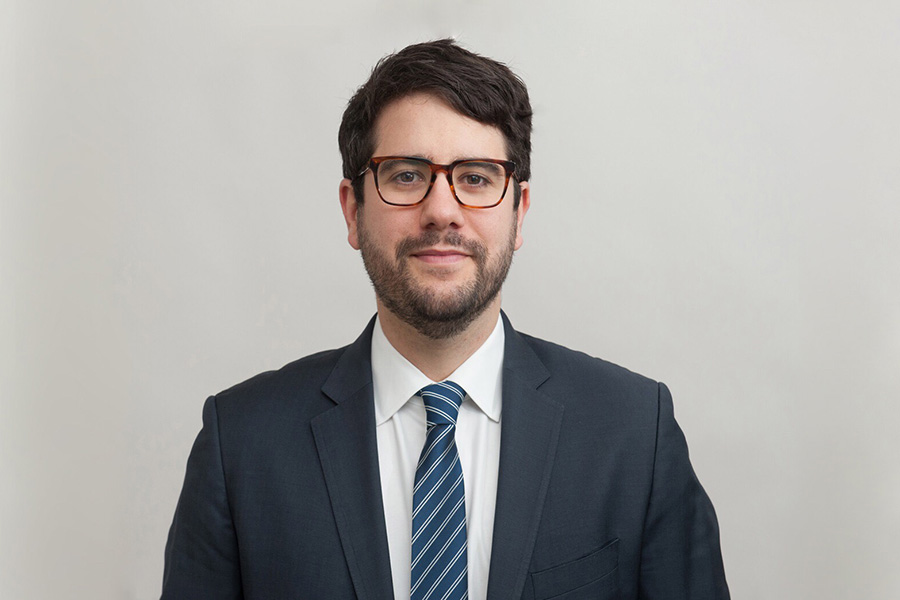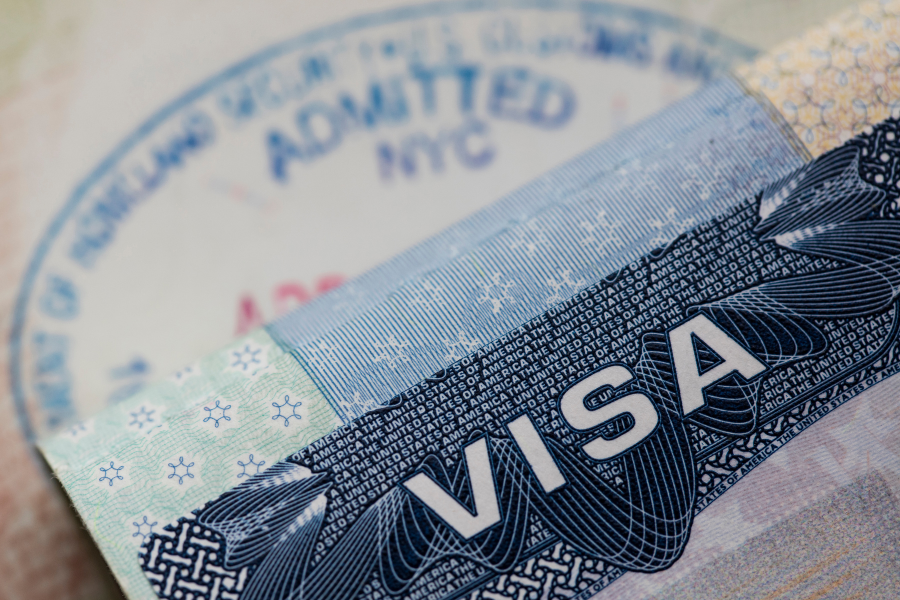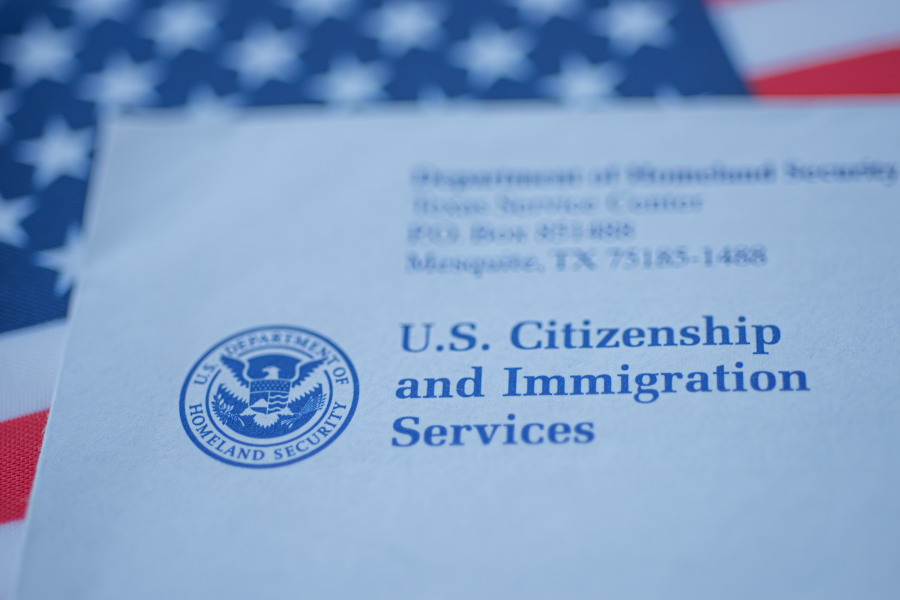Quick Takeaways
- Starting January 25, 2023, USCIS will once again adjudicate H-4/L-2 EADs and Changes/Extensions of Status filed at the same time as H-1B/L-1 Petitions filed with Premium Processing.
- This move marks a resumption of USCIS’ prior practice that the Trump Administration upended in March 2019.
- Big winners are H-4 spouses.
- Does not change the fact that L-2 Spouses do not need an EAD to work.
Our Firm covered USCIS’ recent announcement to expand Premium Processing to certain Immigrant Visa Petitions starting next week, as well as plans to allow certain individuals to premium process their Form I-765 (Application Employment Authorization Document, or “EAD”) and/or their Form I-539 (Application to Change/Extend Status, or “COS” / “EOS”) later this year. Unfortunately, the EAD and COS/EOS Applications for H-4 and L-2 derivatives were not included in that list; as such, it appeared as though the over-extended processing times for these requests that began in March 2019, could continue indefinitely.
However, that all changed at the end of last week. Thanks to federal litigation commenced almost two years ago, USCIS reached a settlement last Thursday that will require the Service to resume its pre-March 2019 practice of adjudicating H-4 and L-2 EADs and COS/EOS Applications at the same time as their H-1B/L-1 Petitions filed via Premium Processing. The updated policy will go into effect on January 25, 2023, will only apply to those H-4/L-2 Applications filed concurrently with their H-1B/L-1 counterparts, and does not alter USCIS’ previous settlement that gave L-1 spouses work authorization so long as their I-94 records listed their class of admission as L-2S. Therefore, while many L-2 spouses who have not traveled internationally in the past year will benefit from this settlement, the big winners are H-4 spouses who still require EADs to work.
Families Needlessly Suffered due to a Self-Made Problem from the Trump Administration
As alluded to above, USCIS typically took the re-adopted approach before March 2019, when the Trump Administration – in one of its many attempts to frustrate U.S.-based nonimmigrant workers and their families – instituted a biometrics requirements for anyone filing a Form I-539 COS/EOS Application, including H-4 and L-2 derivatives. Even before the COVID-19 pandemic created massive delays in processing Form I-539 Applications, adding the biometric requirement in Spring 2019 created an additional step for H-4 and L-2 derivatives to complete before their COS/EOS Applications could be approved, an action that must take place before any EAD associated with that COS/EOS could be granted. And because USCIS could not guarantee (or would not guarantee) that it could schedule the biometrics appointment and/or conduct the necessary background checks (the ostensible reason for which they collected H-4 and L-2 biometrics) within the 15-day Premium Processing window, the H-4 or L-2 derivatives could not be granted on that timeline. On this self-created scheduling issue that addressed a problem that did not (and does not) exist (in that COS/EOS Applicants, whether H-4/L-2 derivatives or otherwise, pose any extra risk of crime or fraud), USCIS averred that the Service could no longer adhere to its previous policy of deciding a derivative’s EAD or COS/EOS Application at the same time as their spouse or parent’s H-1B or L-1 Petition.
The results of this policy for H-4 and L-2 spouses and their families were disastrous. Unbound from the requirements of Premium Processing, adjudications for H-4 and L-2 EADs and COS/EOS Applications have taken up-to-10-12 months, if not more. Such delays have forced innumerous H-4 and L-2 spouses to endure long stretches without work authorization, leaving two-income households reliant solely on the salary of the principal H-1B or L-1 Visa holder. November 2021 brought a settlement in parallel federal litigation that led USCIS to affirm that L-2 spouses possess work authorization incident to their status, while also granting certain H-4 spouses automatic extensions of work authorization when their H-4 status went beyond their EAD’s expiration. Nevertheless, those piecemeal accommodations did not cover H-4 and L-2 spouses who could not travel internationally due to the ongoing impact of COVID-19 on visa processing; such spouses, and their families, remained reliant on USCIS approving EAD and COS/EOS Applications that, at times, had been filed more than a year earlier.
A Return to Normalcy for H-4 and L-2 Spouses
Starting January 25, 2023, USCIS will revert to its prior practice and adjudicate EAD and COS/EOS Applications with their Form I-129 Petitions filed with Premium Processing. We are ecstatic for our clients and their families who can regain the stability and flexibility that comes from having the potential for both spouses to work outside the home while in the United States. That being said, as noted above, last week’s settlement does not cover ALL H-4 and L-2 EAD and/or COS/EOS Applications. Therefore, if you have any questions regarding whether you or your family member can benefit from this update, please reach-out to Green and Spiegel.




